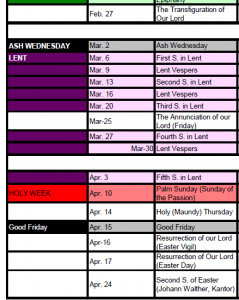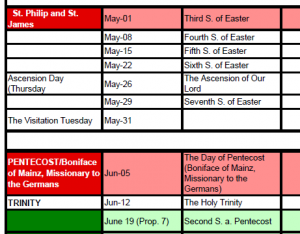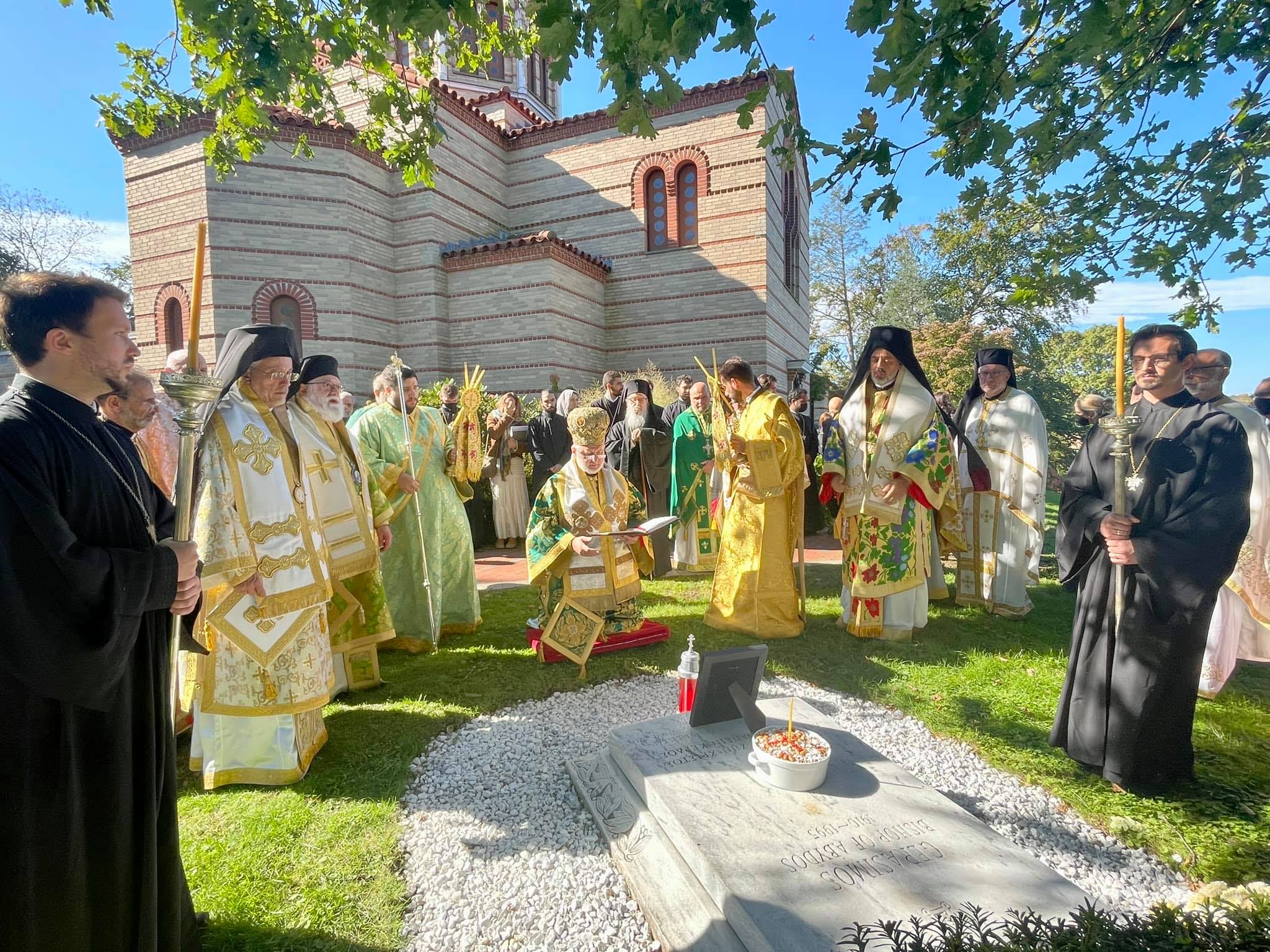My understanding was that one might celebrate a Feast which is of local significance, say William Carey, or perhaps St Frideswide, on the day, or on a Sunday within the Octave, which suggests either of the eve or in the week following the Sunday.
There are several approaches to green which is ordinary time, to reduce boredom. There is a plethora of Green colours available to use, deep forest greens, limey greens, bronze greens, teal greens and middle greens. The problem with forcing the other liturgical colours into the green season is that they loose their significance for the major feasts.
One practice that seems to have developed in Australia (and perhaps elsewhere) is to celebrate the four Sundays before the Feast of St Francis of Assisi as a 'Season of Creation'
https://seasonofcreation.com/ which seems to allow a freefall in creation to celebrate the season. There is a risk that this can be seen by some as politicising the liturgical year, however we should see it as part of our message as custodians of the gift of creation in our generation, and re-claim it for faith rather than let it swim off in the tide of green political movements. (I am sure that is badly expressed however I hope you get what I am saying). This does break up the green season.
I think I get what you are saying, and I do find myself liking that concept. It is evocative of the sadly disused liturgical season of Kingdomtide in the Methodist Episcopal Church and others, which was themed after the Feast of Christ the King and centered around the implementation of Christian ideals in the world.
This may of course be a matter of clerical boredom rather than boredom on the part of the congregation, most of who attend, not for the colour, nor for the spectacle, nor for the Church, but are drawn there by God in Christ Jesus.
Well, strictly speaking, if, as
@Deegie says, you are going to use the collect and lessons for a feast that coincides with Sunday, it would be proper if it is a feast or commemoration of a martyr or apostle, or Reformation Sunday, if observed, to use red, if it is a feast of our Lord, namely Transfiguration or Epiphany, to use white (also on All Saints Day) and if it is a Marian feast or Michaelmas or a feast of the bodiless powers, to use blue. It would only be appropriate to stick with green if you were going to use the propers for a Sunday in ordinary time and ignore the feast coinciding with that Sunday.
Yes, we try to do some of that. The next one coming up, of course, is All Saints. The rubrics in the Episcopal Church are rather strange on this topic. They tell us that Sundays generally have precedence over all but a few fixed feast days, but yet we can still use the propers (collect, preface, and readings) on the Sunday if we wish. So I guess we can commemorate the feast but not title the day accordingly? I've always found that odd. And, to make it harder, we aren't supposed to transfer any of the fixed feasts to a Sunday if they fall on another day, except for All Saints and a church's patronal feast.
All that said, I don't think the liturgy police are particularly going around conducting surveillance on my church so I feel some freedom to depart from the rubrics when necessary. I have often transferred Ascension Day to a Sunday, for example, since the whole story of Jesus's death, resurrection, and ascension really needs to be told and honored.
This seems to me a good idea. Because of the status of my two congregations as missions, nearly all Holy Days except Christmas, Maundy Thursday and Good Friday are translated, which is one blessing of Congregationalism - liturgical flexibility. But it also seems a blessing of some Anglican jurisdictions like the Episcopal Church, where you have a small number of parishes using the 1928 BCP, which strictly speaking they aren’t supposed to, but I suppose if the bishop complained, they could just point to the example of St. Gregory of Nyssa Episcopal Church in San Francisco, whose eclectic liturgy bears virtually no resemblance to the BCP (its possible their Holy Communion service is using “Rite III” as it is nicknamed as a basis, but that Order according to the rubrics is not supposed to be used on Sundays for the principle Eucharistic liturgy; I do support Rite III however as it has allowed Episcopal parishes to experimentally use beautiful liturgies they otherwise would not have access to; on youtube there is a video of an Episcopal Parish using the Divine Liturgy of St. Chrysostom, which was beautifully done, except their Deacon could not chant or sing well at all, in which case it would have been canonical to have the priest, who did have a good voice, intone the litanies, and have the deacon read the Gospel; I expect the people would be unused to hearing the Gospel sung as is standard in Eastern Orthodox churches, so that would have worked better. There is also a Society for Eastern Rite Anglicanism, which I support),
I am also intrigued by something which hasn't caught on very strongly around here: the Advent Project (theadventproject.org). They propose reclaiming Advent from the commercialized Christmas season by expanding it from four weeks to seven. Apparently, that is the more ancient practice. It would also more closely parallel Lent that way. In addition (and the reason I'm thinking of it here), it would shorten ordinary time as well.[/QUOTE]
So, on this point, historically, the Roman and East Syriac Rites have four Sundays in Advent, whereas the ancient Gallican Rite, and its surviving derivatives the Mozarabic and Ambrosian Rites, have six Sundays in Advent, whereas in the Coptic Rite, the Nativity Feast lasts for 43 days; in the Byzantine Rite, it starts on November 15th, the day after the Feast of St. Philip (so it is also known as St. Philip’s Fast) and lasts until December 24th, so in those rites the number of Sundays is variable. The actual fast in the Syriac Orthodox calendar for Advent is very brief, but I believe the length of the season is longer; fatigue compels me to avoid looking up the length of the Armenian and Ethiopian Nativity Fasts.
I myself would enthusiastically support introducing the Ambrosian or Mozarabic Rite wholesale; the Gallican liturgies are exquisite in a way the Roman Rite is not, containing the richer hymondy and chant traditions one expects from the Eastern churches (this goes back to St. Ambrose of Milan, who had his congregation, when they were forced to lock themselves into a basillica to prevent the Arians from taking it over in 386, sing antiphonal hymns “in the style of the Greeks, lest they perish with soulless monotony.”) Indeed there is some reason to believe the ancient Roman Rite used monotone chant up until the Ambrosian Hymnal introduced the oldest set of hymns into both the Ambrosian and Roman Rites, and these were added to, and then Pope St. Gregory the Dialogist, as he is known to the Eastern Orthodox, or St. Gregory the Great, as he is known in the west, introduced Gregorian chant, which has eight modes, like Byzantine and West Syriac chant. However, the Low Mass continued to be chanted in monotone until the 10th century, when priests were then permitted to say it in a low voice or silently; France developed the unique custom of accompanying the Low Mass with organ music. The Low Mass seems to me the inspiration for the Anglican said service, and one thing I am particularly unhappy about is that a large number of Episcopalian churches have not yet resumed their Said Holy Communion services on Sunday morning, which I tend to prefer except in churches with a really excellent music program.




